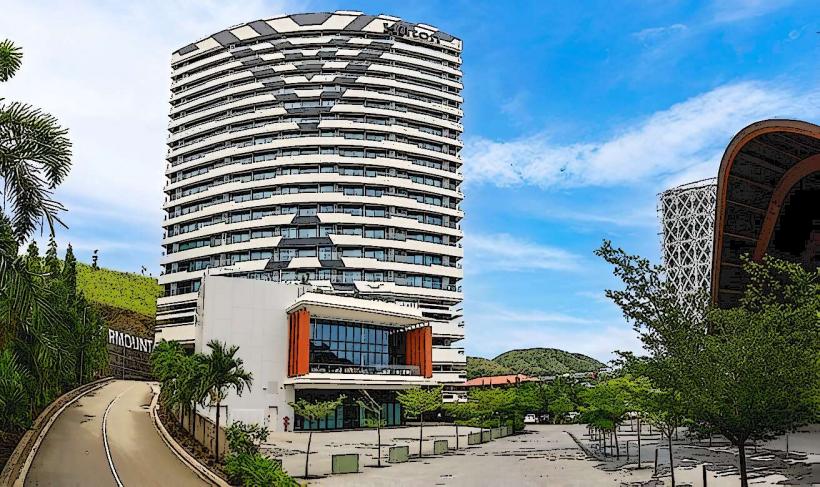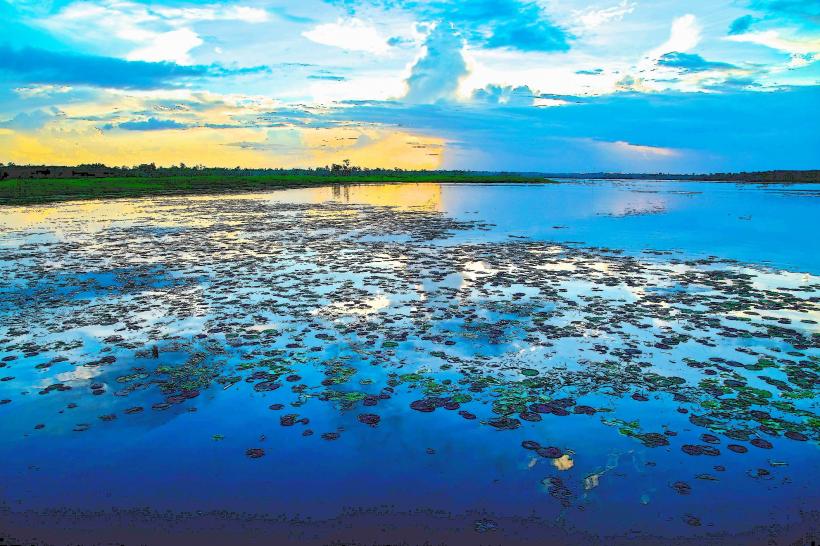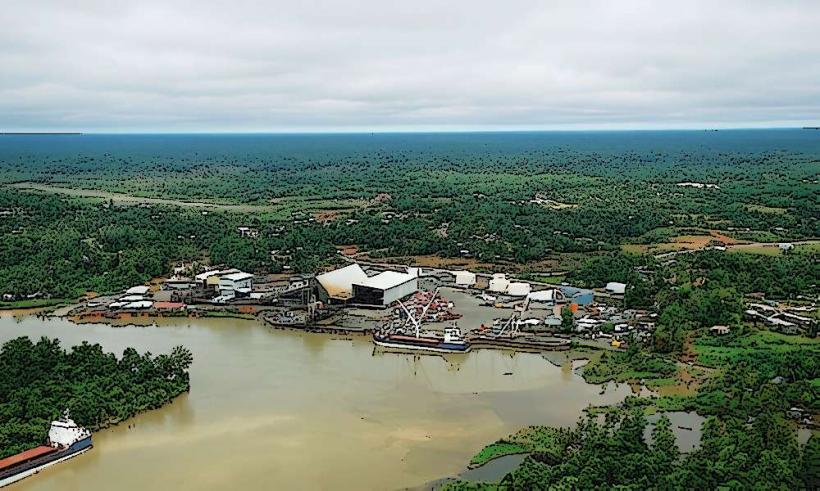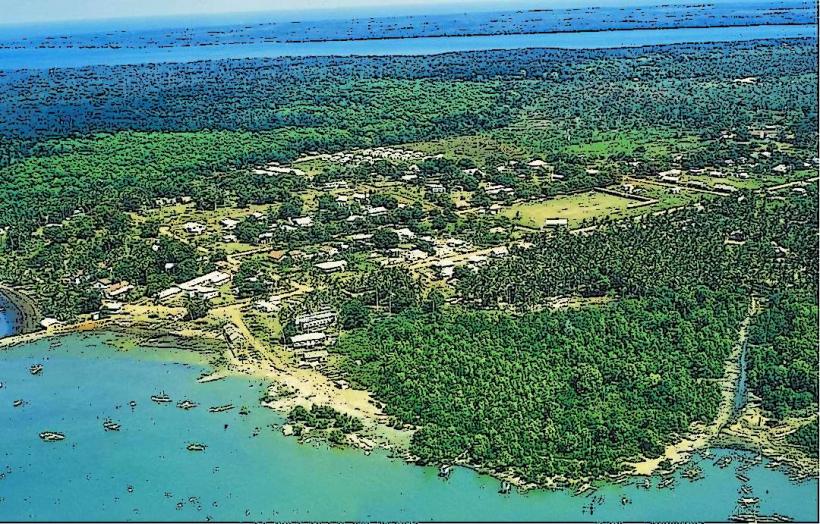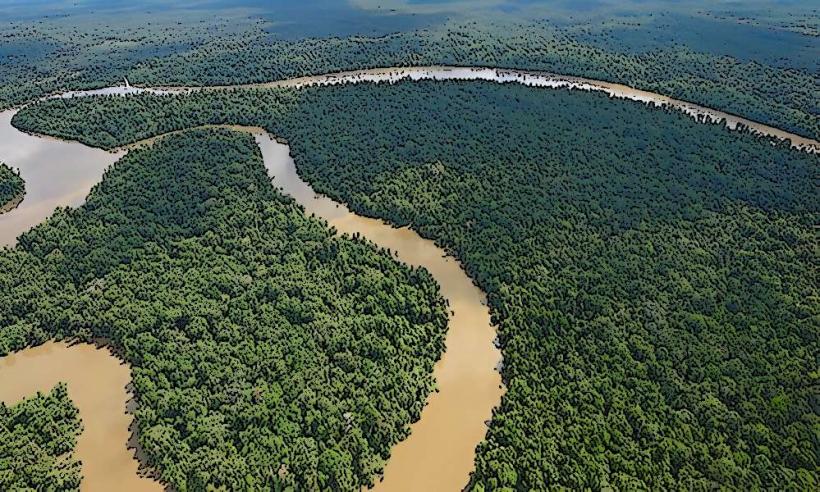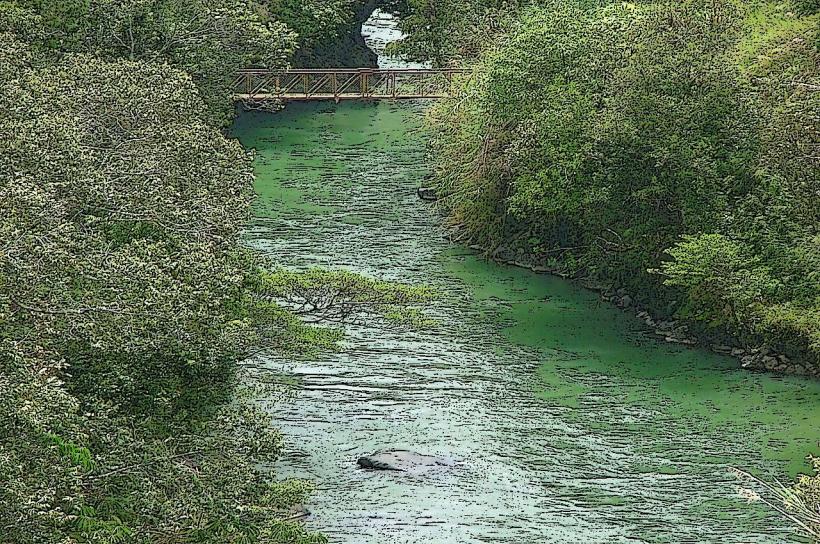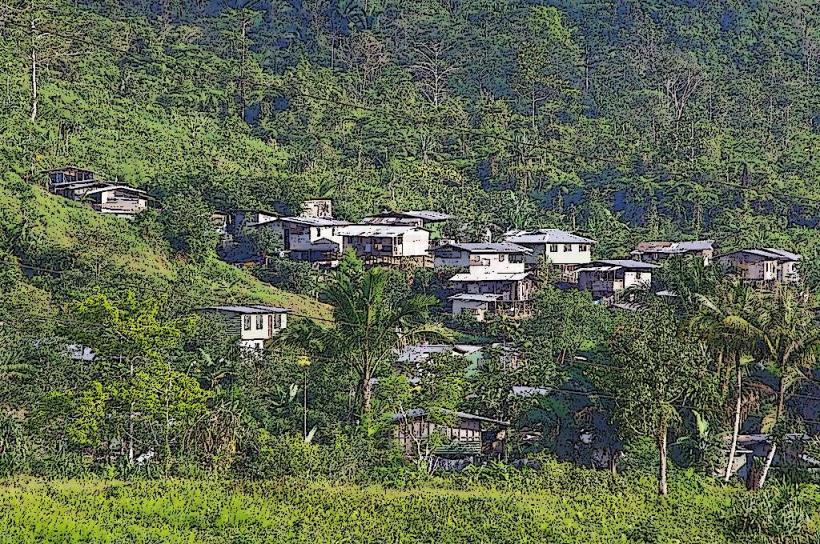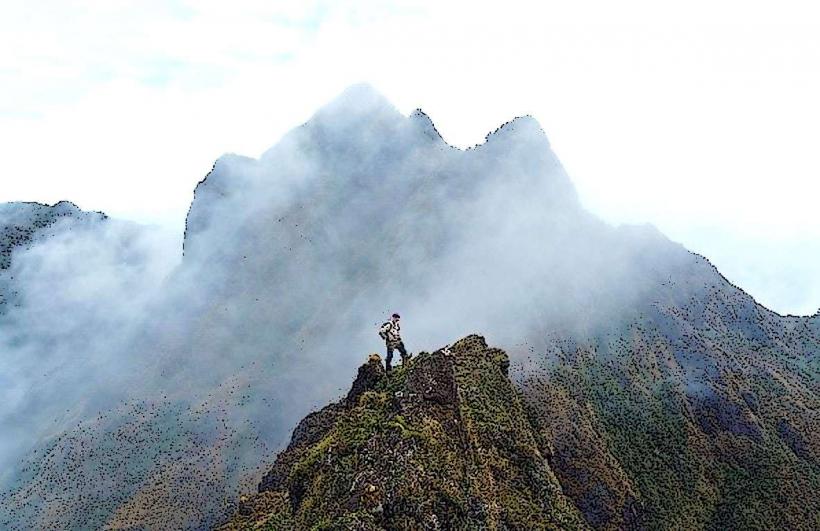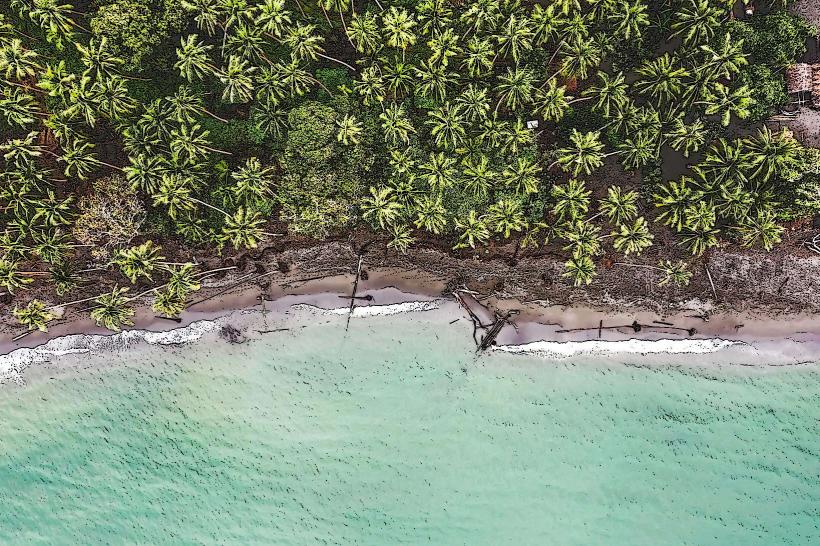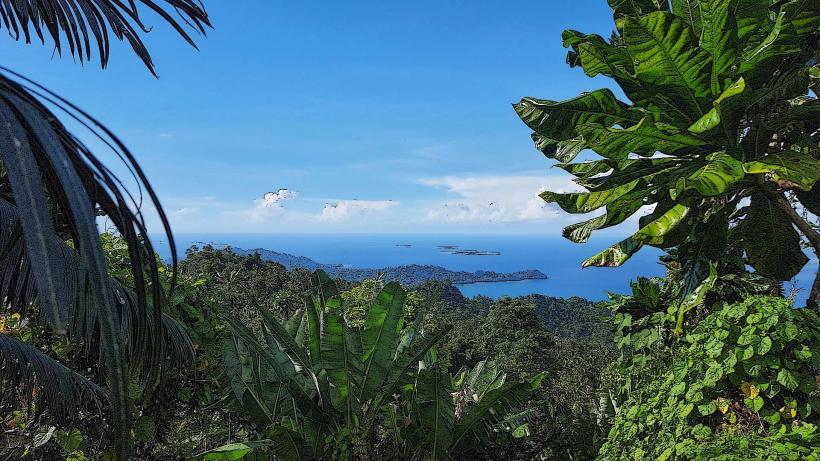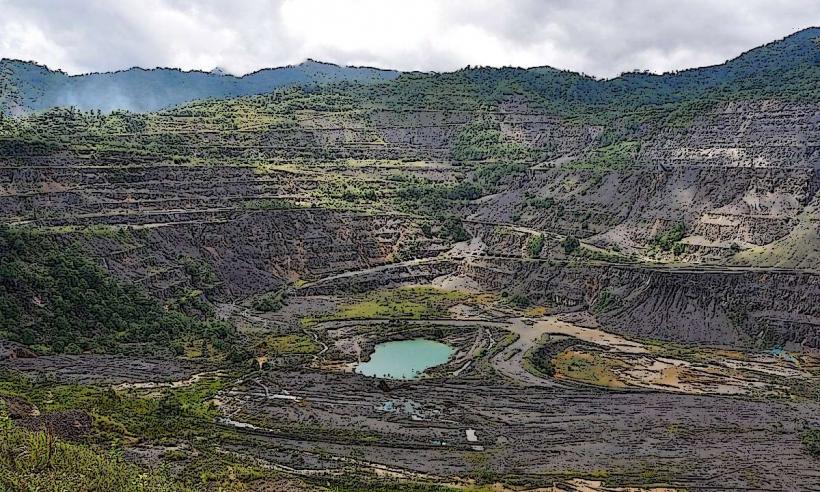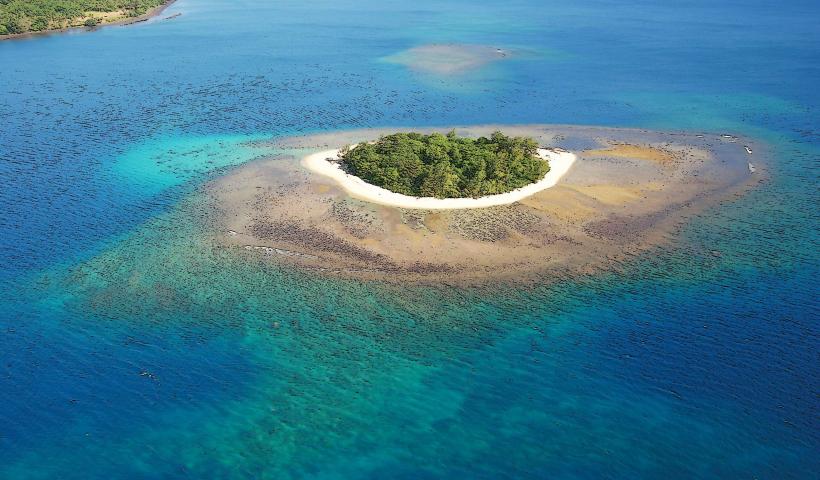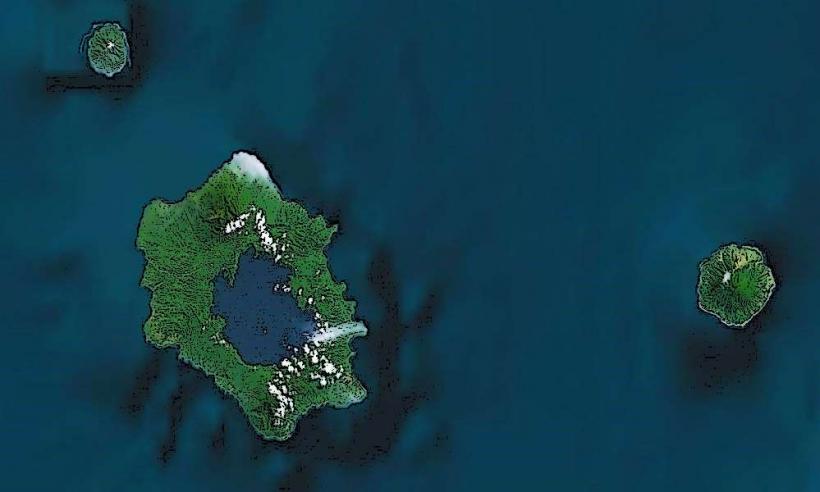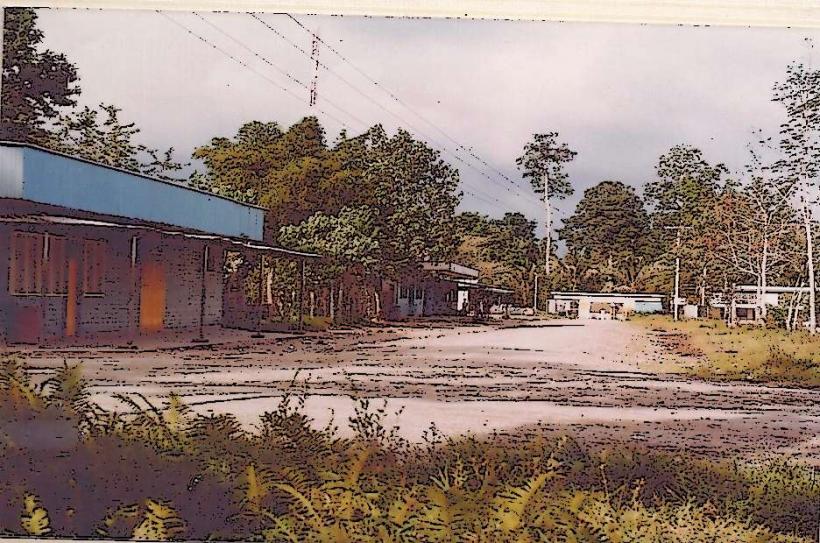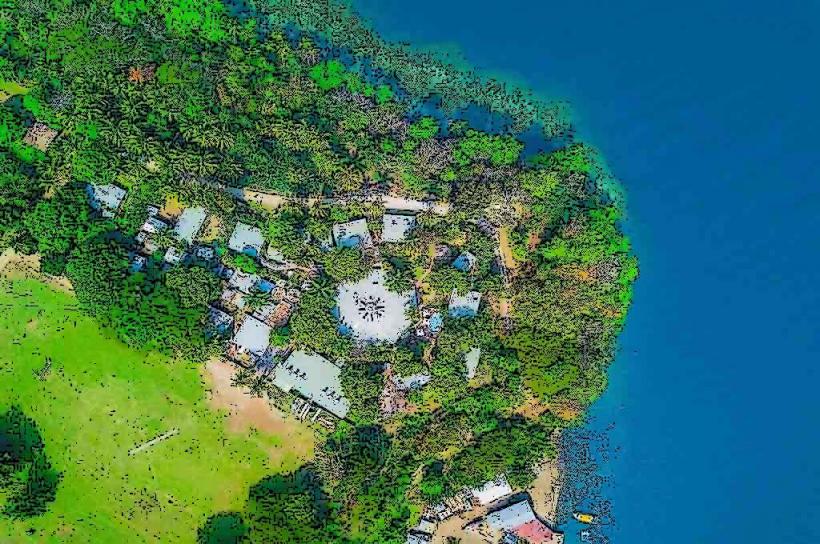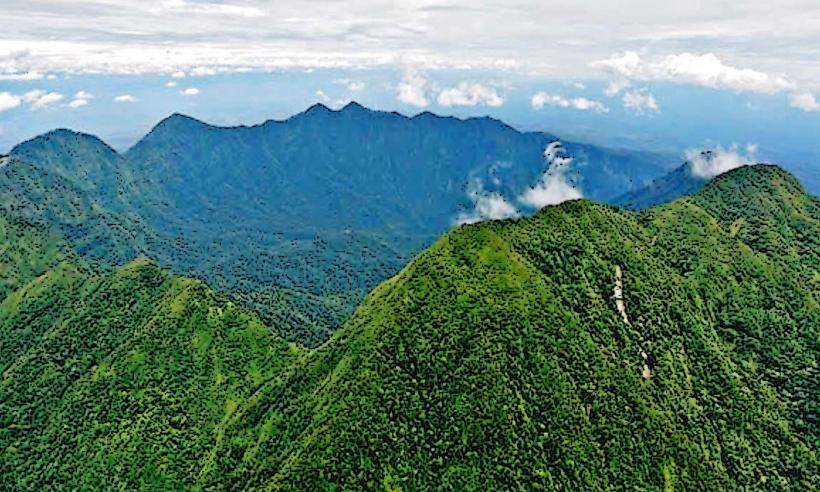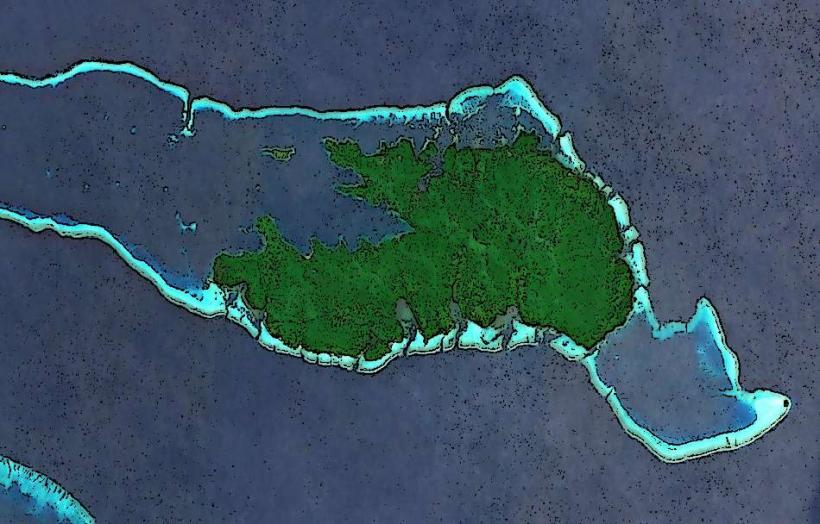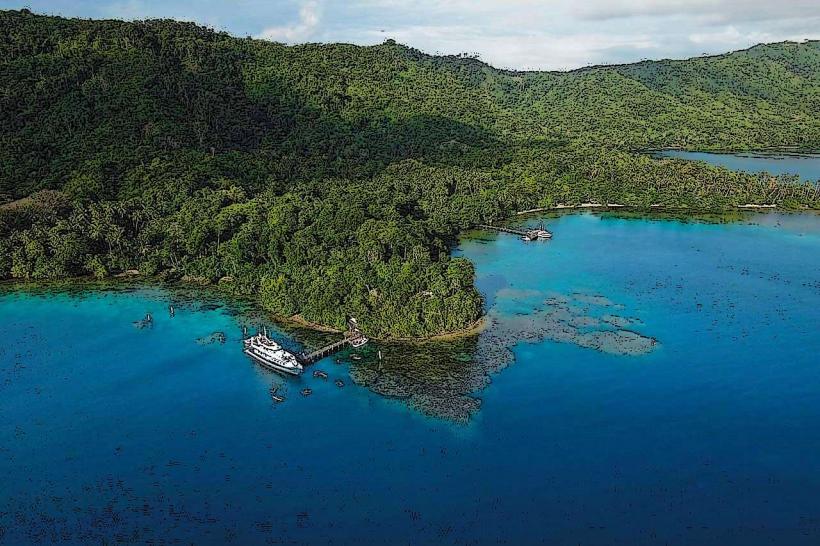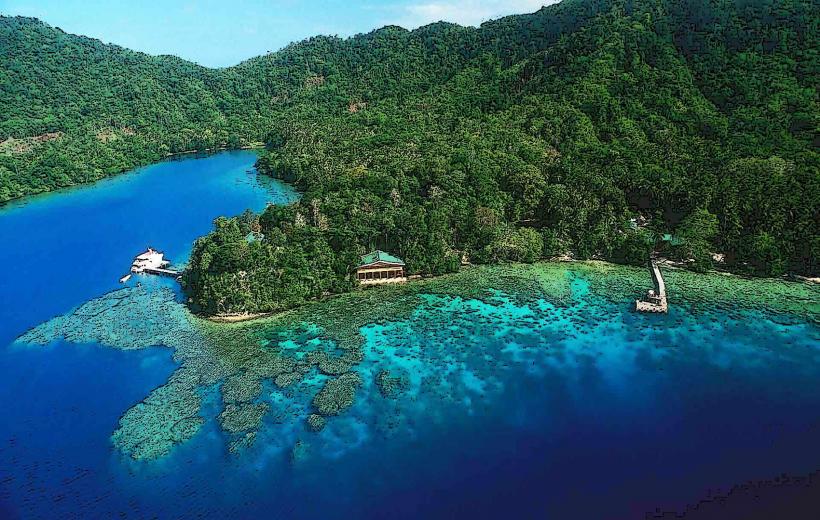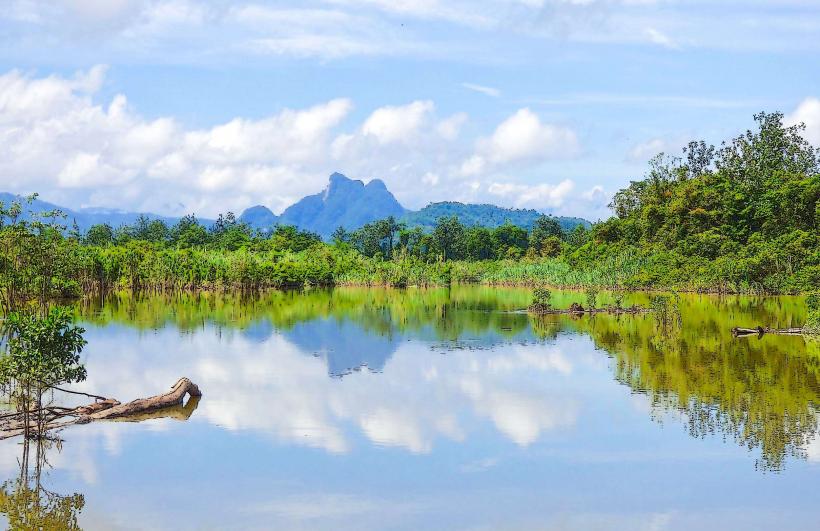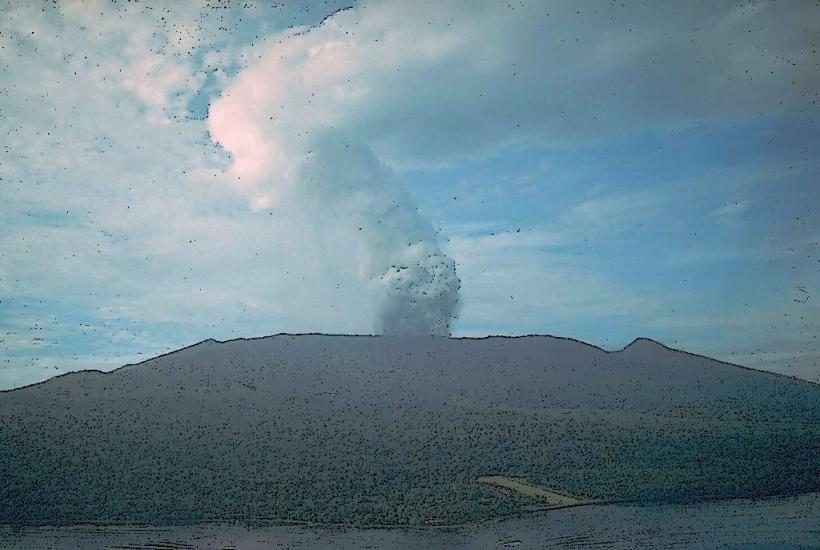Information
Landmark: WewakCity: Provice Area
Country: Papua New Guinea
Continent: Australia
Wewak is the capital city of East Sepik Province in Papua New Guinea (PNG), located on the northern coast of the Papuan Peninsula along the Bismarck Sea. Wewak is an important commercial, administrative, and cultural center in the region. It is known for its beautiful coastline, historical significance, and proximity to numerous attractions in East Sepik. Here is a detailed overview of Wewak:
Geography and Location
- Location: Wewak is located on the northeastern coast of Papua New Guinea, approximately 100 kilometers (62 miles) west of Maprik and about 150 kilometers (93 miles) from the border with Madang Province. It is situated along the Bismarck Sea, which is part of the western Pacific Ocean.
- Climate: The city has a tropical climate, with warm temperatures year-round (around 24°C to 31°C or 75°F to 88°F) and high humidity. The rainy season runs from December to April, with frequent showers, while the dry season typically spans from May to November. The surrounding tropical forests, beaches, and islands provide a picturesque environment.
History and Significance
- Colonial Era: Wewak was initially established as a German colonial settlement during the late 19th century when the area was part of the German New Guinea protectorate. After World War I, it became part of the Australian-administered territory of Papua and New Guinea.
- World War II: Wewak gained historical significance during World War II, particularly as a Japanese military stronghold. It was a key strategic location for the Japanese forces in the Pacific. The town and surrounding area were heavily bombed by the Allied forces, and Australian and Papuan troops played a crucial role in the liberation of the region from Japanese occupation in 1945.
- Post-Independence: After Papua New Guinea gained independence in 1975, Wewak became the capital of East Sepik Province. The city has since developed into an administrative, cultural, and economic hub for the province.
Economy
- Agriculture: Agriculture is a significant part of Wewak's economy. The surrounding region is known for the cultivation of cocoa, copra, oil palm, coffee, and betel nut. Local farmers also grow subsistence crops such as sweet potatoes, yams, cassava, and bananas.
- Fishing: Wewak’s coastal location makes it an important center for the fishing industry. The local community relies on both subsistence fishing and commercial fishing, particularly for tuna and snapper.
- Trade and Commerce: As the provincial capital, Wewak is a key center for trade and commerce in East Sepik. The town has a number of small businesses, markets, and shops, and it serves as a point of distribution for goods to rural areas in the province.
- Tourism: Wewak is an emerging tourist destination, known for its scenic beauty, historical significance, and cultural offerings. While the city itself is relatively small, it serves as a gateway to the rich natural and cultural attractions in East Sepik Province, including the famous Sepik River and surrounding villages.
Cultural and Social Aspects
- Indigenous Culture: Wewak, like much of East Sepik, is home to a wide array of indigenous groups, with a great diversity of languages and cultures. The Sepik River region, in particular, is known for its traditional art and crafts, including wood carvings, masks, and baskets. Many of the communities are known for their totemistic beliefs and spiritual practices.
- Languages: The people of Wewak speak a variety of local languages, including Iatmul, Kwoma, and Tok Pisin. Tok Pisin is widely spoken as a lingua franca, but Iatmul and other Sepik languages are commonly used in daily life, especially in rural areas.
- Festivals and Events: Wewak hosts several cultural events throughout the year, with a particular focus on traditional dances, music, and ceremonies. The city’s markets also offer opportunities to experience local culture, with handcrafted art, carvings, and woven goods sold by indigenous artisans.
Tourism and Attractions
- Sepik River: Wewak serves as a gateway to one of the most famous natural attractions in Papua New Guinea: the Sepik River. The Sepik is one of the longest rivers in PNG and is renowned for its cultural significance and biodiversity. The river is surrounded by small villages that maintain traditional ways of life, and visitors can explore the river by canoe or boat, visit local tribal communities, and experience traditional art and customs.
- Wewak Hill: Wewak Hill is a prominent landmark in the town that provides a panoramic view of the Bismarck Sea and the surrounding coastline. It is a popular spot for visitors to enjoy the scenic views, particularly at sunset.
- Historical Sites: Wewak has several historical landmarks related to World War II, including the Japanese war memorial and wartime bunkers that offer insights into the town's role as a military stronghold. The nearby Wewak War Memorial honors the soldiers who fought and died during the war.
- Beaches: The coastline around Wewak is home to several beautiful beaches, including Tomba Beach and Kokopo Beach, which are ideal for relaxation, swimming, and beachcombing. The area also offers opportunities for snorkeling and diving in its clear waters.
- Rural Villages: Many visitors to Wewak take the opportunity to explore the surrounding rural villages, where they can interact with local people, experience traditional ways of life, and purchase handmade crafts. The villages along the Sepik River, known for their carvings and masks, are particularly popular with travelers interested in art and culture.
Infrastructure and Services
- Transport: Wewak is accessible by air, sea, and land. The Wewak International Airport is the primary point of entry for travelers, with regular flights connecting the city to Port Moresby and other parts of Papua New Guinea. Wewak also has a port that is used for shipping goods and services to and from other parts of the country.
- Healthcare: Wewak has a number of healthcare facilities, including the Wewak General Hospital, which provides medical care for the local population and those from surrounding areas. However, for more specialized care, patients often need to travel to Port Moresby or other larger cities.
- Education: The city has a variety of primary and secondary schools, as well as vocational institutions. For higher education, students from Wewak typically travel to Port Moresby or other cities.
Challenges and Development
- Infrastructure Development: While Wewak has seen some improvements in infrastructure, challenges remain, particularly in road access to rural areas. Some parts of the region lack reliable electricity and water supply.
- Economic Challenges: Wewak’s economy remains largely dependent on subsistence agriculture, fishing, and local commerce, with fewer opportunities for diversification into manufacturing or services. Many residents rely on remittances and trade with other parts of the country.
- Environmental Issues: Wewak and the surrounding region are affected by environmental challenges, including deforestation, soil erosion, and the potential impact of climate change on local livelihoods, particularly in coastal and riverine communities.
Conclusion
Wewak is a culturally vibrant city with significant historical importance and natural beauty. As the capital of East Sepik Province, it serves as a hub for trade, culture, and administration in the region. The nearby Sepik River, WWII historical sites, and pristine coastal environments make Wewak an appealing destination for tourism and eco-tourism. While facing challenges in terms of infrastructure and economic development, Wewak holds a unique position as a gateway to the Sepik region and continues to grow as a destination for visitors interested in traditional cultures, natural landscapes, and historical exploration.

